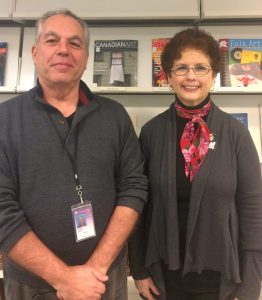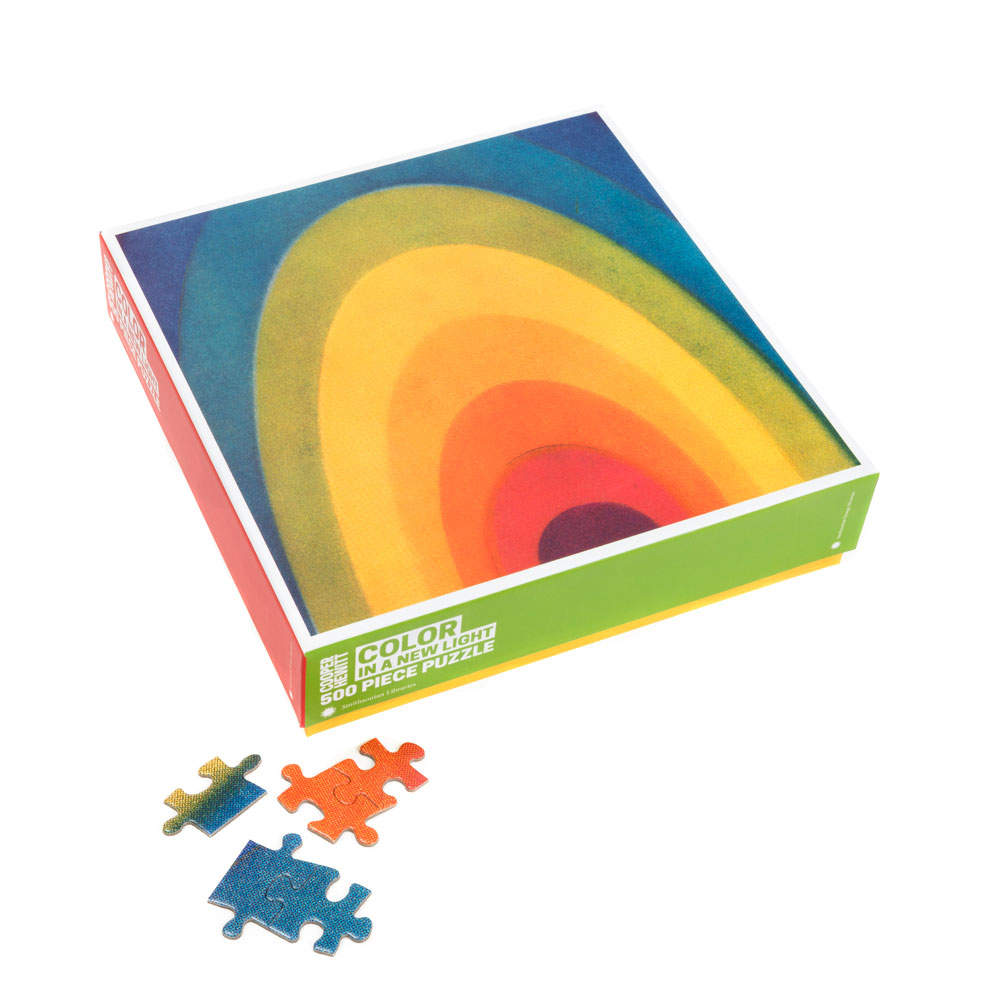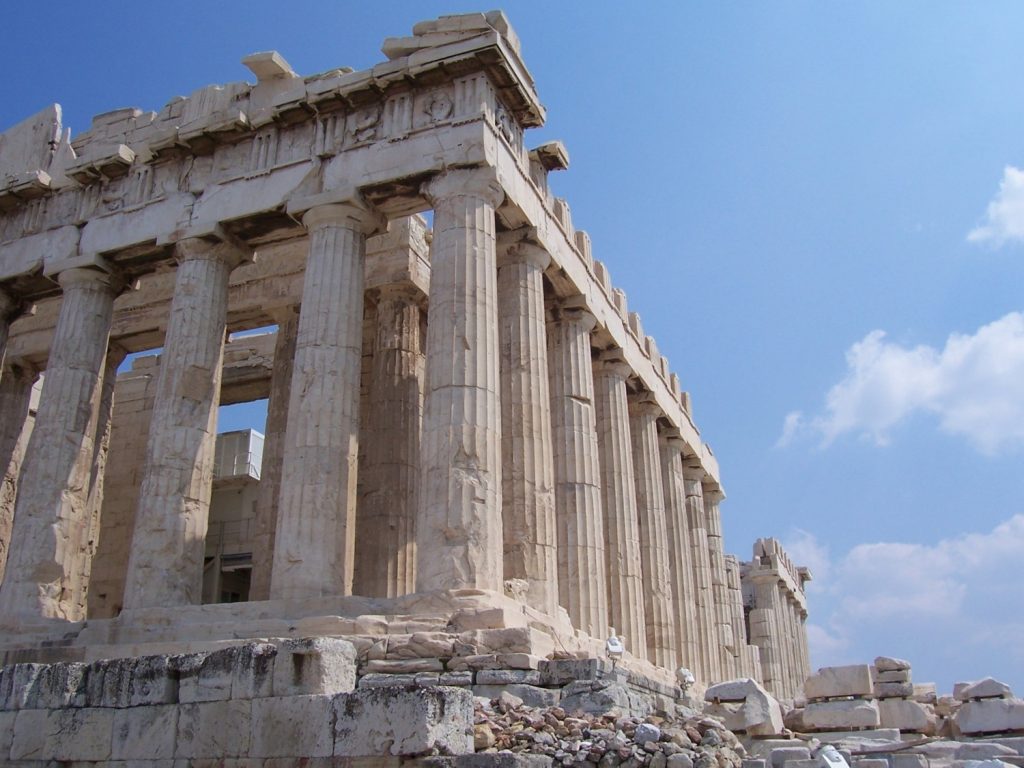This post was written by Leila Prasertwaitaya, a library specialist working at Virginia Commonwealth University.
Hidden amongst the Freer | Sackler Library’s much larger collections on East Asian, South Asian and Islamic art is a small gem-like group of books on Thai art and architecture. Many of these books are in Thai, but with their magical illustrations of Dvarapala (guardians), gold-painted, bell-shaped chedi, five-headed stone nagas, a 70 cm. tall bronze Buddha head and murals of astonishing density and complexity, the books can open up a world of astounding beauty to anyone with a little curiosity.


 On view in the
On view in the 
